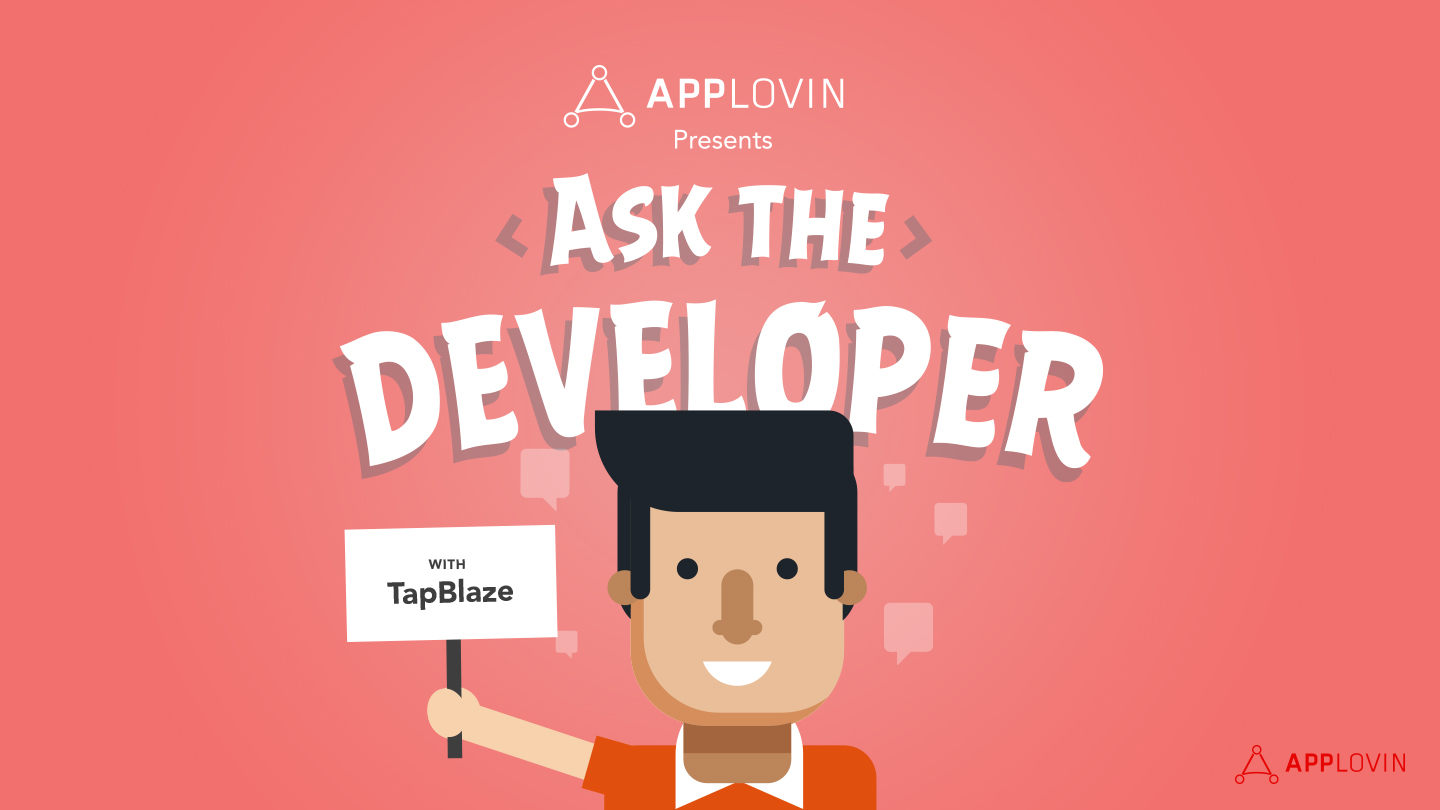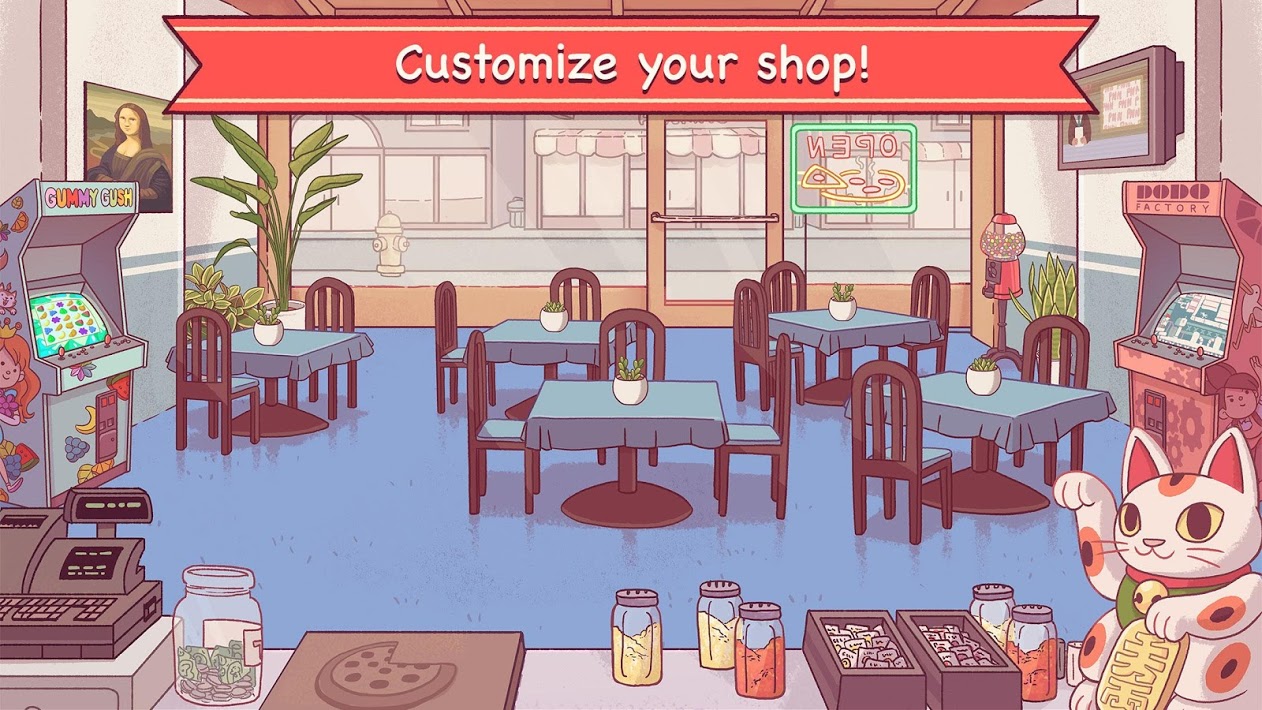Gaming, Monetization, User Acquisition
Ask the Developer: How TapBlaze found success with a quirky pizza simulation game
Feb 13, 2019

Gaming, Monetization, User Acquisition

Anthony Lai, CEO and founder of the indie mobile games studio TapBlaze, always had dreams of making games growing up, but it seemed like an impossibility. But then the iPhone and the App Store was born, and anyone with $100 could publish a game. In 2012, Lai realized that his dream could be a reality and he began publishing simple sandbox games in the App Store. His games got a few million downloads within a span of a few months, but he soon found that making mobile games was harder than he thought.
“Two years down the road, I saw that the market was changing,” recalled Lai. “You got more of the big game studios taking mobile more seriously and players became more sophisticated with higher expectations.” Additionally, ad monetization became increasingly less profitable as more competition flocked to mobile. It became clear that sandbox games wouldn’t be sustainable in the long term, so Lai began hiring programmers and artists to focus on creating games that would retain players.
As a foodie, Lai began thinking of a food-based game to produce. He considered cake and donuts but wanted to choose a food that was more universal. While brainstorming with his brothers in Queens, NY, they noticed that people from every culture gravitated toward pizza. TapBlaze then went on to create My Pizza Shop (Android | iOS) and My Pizza Shop 2 (iOS) before landing on Good Pizza, Great Pizza (Android | iOS).
Good Pizza, Great Pizza did well but didn’t retain users so TapBlaze moved on to making puzzle games like Gummy Gush (Android | iOS). It wasn’t until Lai was at GDC in 2016 trying to pitch his match-three puzzle game that he realized Good Pizza, Great Pizza had more potential. “I met an editor at one of the app stores but he wasn’t really interested in match-three,” said Lai. “He saw that we had Good Pizza and thought it was a cool concept. He told us we didn’t do a good job of polishing up the game’s design, UI, and monetization.”
With the feedback burned into his mind, Lai returned to his team in Los Angeles with the mission to rework Good Pizza, Great Pizza. The team made small, incremental updates to the game and saw a jump from about 1,000 daily active users (DAU) to 30,000 in a span of three to four months. Today, the game has 500,000 DAU and the team continues releasing bi-weekly updates.
One of the reasons Good Pizza, Great Pizza has been so successful is the fact that TapBlaze has turned it into a strong IP (intellectual property). The game’s animation style, story, and detailed world make it unique among pizza shop and cooking simulators. For example, the game’s citizens get their news from Pizza News Network, a spoof of CNN, and players have to manage their resources while dealing with quirky customers.

For Lai, Good Pizza, Great Pizza became a passion project of sorts because he felt that the game had a strong IP and following. “It’s become more than a playground for us. It’s for the players,” said Lai.
In terms of KPIs, TapBlaze didn’t track LTV for Good Pizza because it wasn’t doing any user acquisition (UA) for the game at the time. However, day-one (D1) and day-seven (D7) retention were tracked and the team had an idea to raise D7 retention by integrating farming into the game. Players are given herbs and vegetables that they have to plant and grow over several days in the game, and are rewarded with toppings they can use.
TapBlaze has been entirely self-funded by Lai and his brothers, which he admits can be good and bad. “The good thing about being self-funded is that we can do what we want. But from the business side, we’re managing our capital very carefully every quarter to make sure everything is paid for,” said Lai.
Being self-funded allowed Lai to pursue Good Pizza, Great Pizza and turn it into the game it is today. If he took investment, it’s very likely that TapBlaze would have moved on from the game as it wasn’t performing particularly well after launch. But the game had potential and TapBlaze is now committed to building the game further, adding new content and creating a cult following. Lai even dreams of opening a pop-up pizza shop where players can make their own pizzas in-game and have them made in real life.
I asked Lai what he found most surprising about working in the mobile games industry and this is what he had to say: “When I first started, I thought I could just do everything myself. The hardest thing for me was trusting people as I was afraid of them running away with my ideas. But today, I think that an idea is worthless. It’s all about the execution. The biggest thing that helped [TapBlaze] grow is breaking through that idea and once I started trusting my team, everything became easier.”
As for what’s next for TapBlaze, Lai plans to keep working on Good Pizza, Great Pizza and will continue exploring other innovative, story-driven games that can be turned into original IPs.